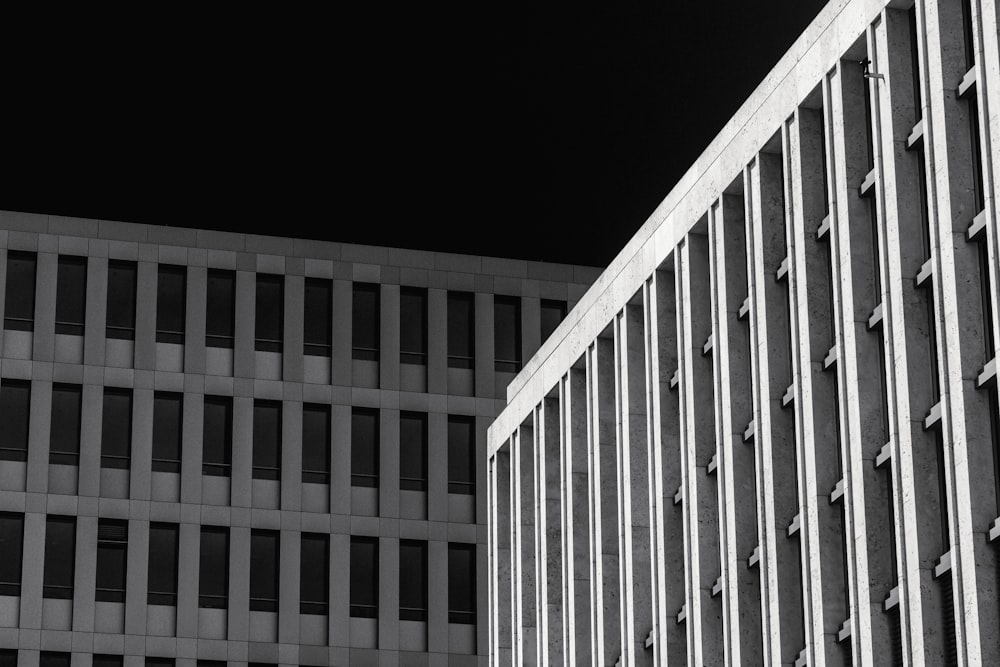Exploring the Brutalist Beauty
Unveiling the Essence
In the realm of architecture, there exists a style that stands defiant against conventional norms, embracing raw materials and stark forms with unapologetic vigor. This style, known as Brutalism, emerged in the mid-20th century, leaving an indelible mark on the urban landscape. At its core, Brutalism embodies an ethos of honesty, revealing the structural elements without embellishment or disguise. It’s a celebration of raw aesthetics, where concrete reigns supreme, commanding attention with its solidity and strength.
A Monumental Manifesto
Brutalism isn’t merely about constructing buildings; it’s a manifesto, a declaration of architectural principles that reject the ornamental excesses of the past. Instead, Brutalist architects sought to create structures that spoke truthfully to their purpose and function. The result? Buildings that exude an unmistakable sense of presence, their imposing facades making a bold statement in the urban fabric. From towering residential complexes to imposing government edifices, Brutalism leaves an impression that is both powerful and profound.
The Beauty of Brutalism
Contrary to popular belief, Brutalist architecture possesses a unique beauty that transcends traditional notions of aesthetics. While some may find its utilitarian appearance austere or even intimidating, there’s a mesmerizing allure to be found in the honesty of its design. Every line, every angle serves a purpose, contributing to the overall harmony of the structure. It’s a beauty born not of embellishment, but of pure, unadulterated form.
Embracing the Concrete Canvas
At the heart of Brutalism lies concrete, the humble material that serves as both medium and message. Far from being a mere building block, concrete in the hands of Brutalist architects becomes a canvas for expression. Its surfaces bear the imprint of wooden formwork, leaving behind textures that speak of craftsmanship and authenticity. From the graceful curves of Le Corbusier’s Notre Dame du Haut to the angular geometries of Paul Rudolph’s Orange County Government Center, concrete in Brutalist architecture is elevated to an art form.
Shaping Urban Landscapes
One cannot discuss Brutalism without considering its impact on the urban landscape. In post-war Europe and America, Brutalist buildings rose as symbols of progress and modernity, reshaping city skylines with their uncompromising presence. Often situated in the heart of bustling metropolises, these structures serve as anchors, anchoring the spirit of their respective cities. Whether nestled amidst greenery or towering over crowded streets, Brutalist buildings demand attention, inviting contemplation and conversation.
The Legacy of Brutalism
Though its popularity waned in the latter half of the 20th century, the legacy of Brutalism endures, influencing architects and artists to this day. Its principles of honesty, functionality, and expression continue to resonate in contemporary design, sparking dialogue and debate about the role of architecture in society. As Brutalist buildings face preservation challenges and redevelopment pressures, there’s a growing recognition of their cultural significance, prompting efforts to safeguard these icons of an era defined by bold experimentation and innovation. Read more about brutalist

